Introducing: Greenwich Village – where past meets present
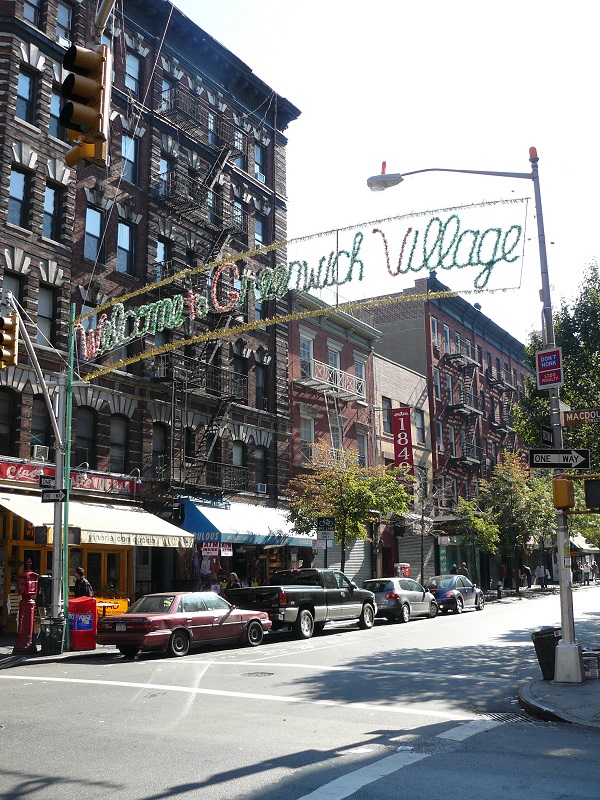
The charmingly antiquated layout of Greenwich Village is juxtaposed with fashion boutiques, music and comedy venues and New York City’s most eccentric shops. Thanks to the judged “rural” proximity in the 1800’s, the neighborhood persevered the classic narrow streets and curved layout, heavily contrasting the structured grid in newer parts of the city. Needless to say, it’s a nice and easy place to get lost.
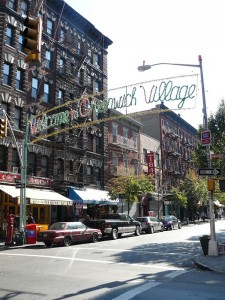
Greenwich Village is not only the home of celebrities such as Marc Jacobs and Edward Norton, it also hosts New York University and Parson’s New School. Photo: Mike Fleming
Of course, part of the appeal of Greenwich Village, is the history; before becoming known as “Little Bohemia”, the neighborhood was perceived outside the bustling New York City limits. During this time, Dutch and freed African settlers tilled the land throughout the 16th and early 17th century.
As the City continued to rise in population, more residents relocated to the cleaner air of Greenwich, especially after a yellow fever outbreak in 1822. As time passed, the Village became synonymous with the “bohemian lifestyle”.
With the opening of The Hotel Albert in 1902, operating under owner William Ryder, Greenwich was flooded with artists. The hotel, which more recently has been renovated into high-class residential apartments, housed such names as Salvador Dali, William Faulkner and Mark Twain. Next door was Cherry Lane Theater, converted from an old farm silo, which opened its doors to Off-Broadway shows in 1924.
Thanks to the creative culture quickly filling up in the neighborhood, theater groups and playwrights, including Eugene O’Neil, took center stage. In the 1940s the theater was once again in the spotlight by embracing Absurdist theater, giving even unknown actors and writers a stage. Now, just 11 years shy of its centennial, Cherry Lane remains the longest running Off-Broadway theater and a national landmark.
During the 1950s, Greenwich took rise to the “Beat” movement. Artists like Bob Dylan, Maya Angelou, Jack Kerouac, and Allen Ginsberg were known to frequent and live in the neighborhood. In the 60s and 70s, it would peak in artistic popularity with musical acts like Jimi Hendrix, The Velvet Underground, Simon & Garfunkel and Nina Simone on the scene. Throughout the 80s, the Village continued its progressive path by embracing gay liberation movements. Such now-historic GLBT landmarks like Stonewall Inn on Christopher Street and the Oscar Wilde Bookshop stand as tourist attractions.
Though the golden days of “Bohemianism” are gone, Greenwich Village still remains an essential spot. Thanks to the housing of a handful of universities – including New York University and Parson’s New School – the Village keeps a youthful appeal. If it’s not apparent by the masses of backpacks and studying students; chic bars, music venues like The Bitter End and Le Poisson Rogue, and comedy clubs, including the Comedy Cellar, made increasingly famous by the popular sitcom, Louis, keep the neighborhood up late. And while you may not see Bob Dylan penning folk songs; celebrities like Emma Stone, Edward Norton, Marc Jacobs, Phillip Seymour Hoffman, and Julianne Moore call the Village their home.
Besides the great nightlife, youthful atmosphere, and alluring history, Greenwich Village would be nothing without its beauty. Framed by an array of parks, including the exquisite Washington Square, the Village retains it’s “rural” appeal. Thanks to the help of preservation groups, the neighborhood’s inhabitants may have changed, but the look hasn’t.
Daniel Engelke

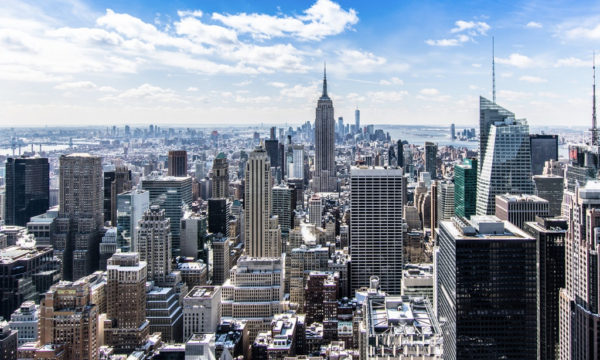
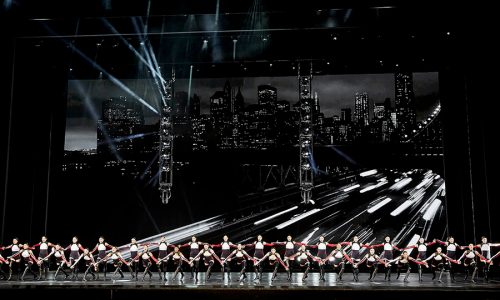
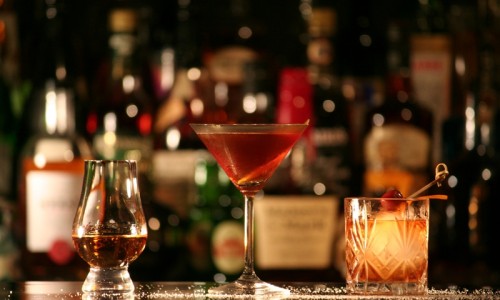
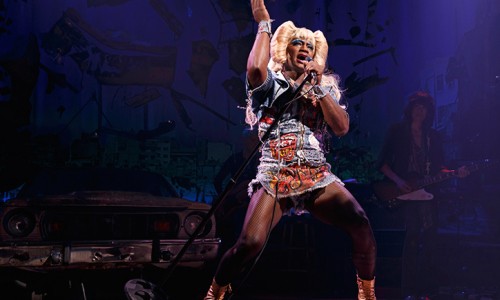
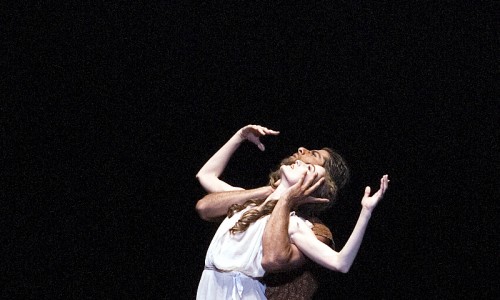
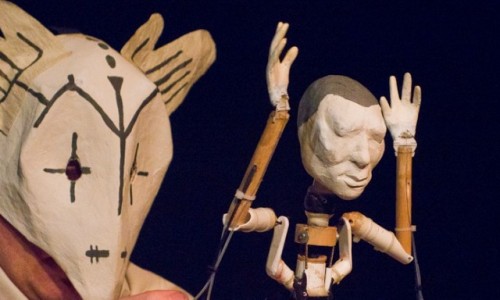
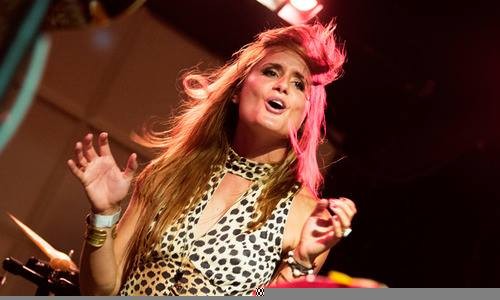
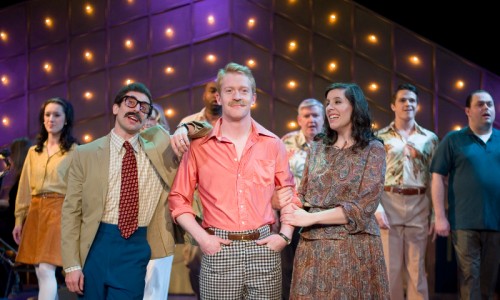
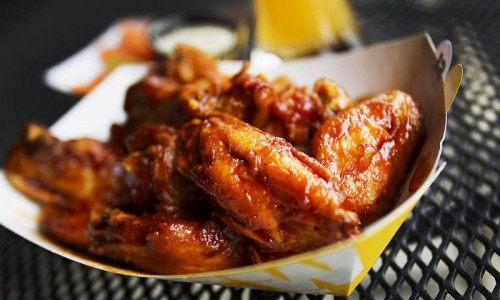
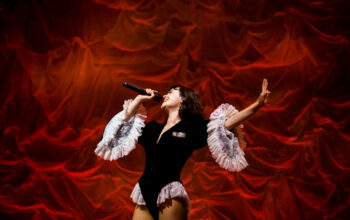
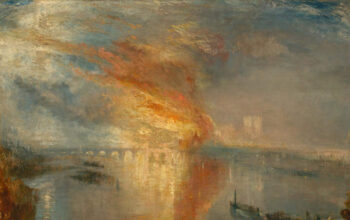
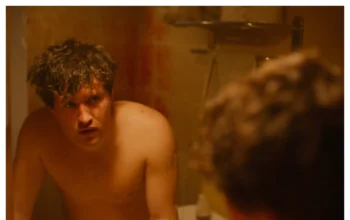






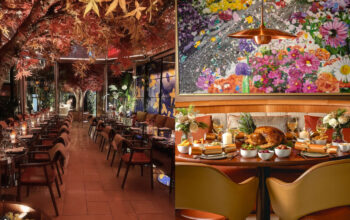




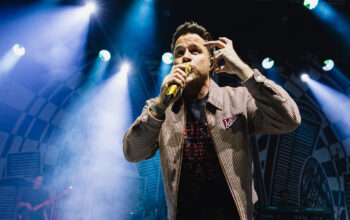
Facebook
Twitter
Instagram
YouTube
RSS